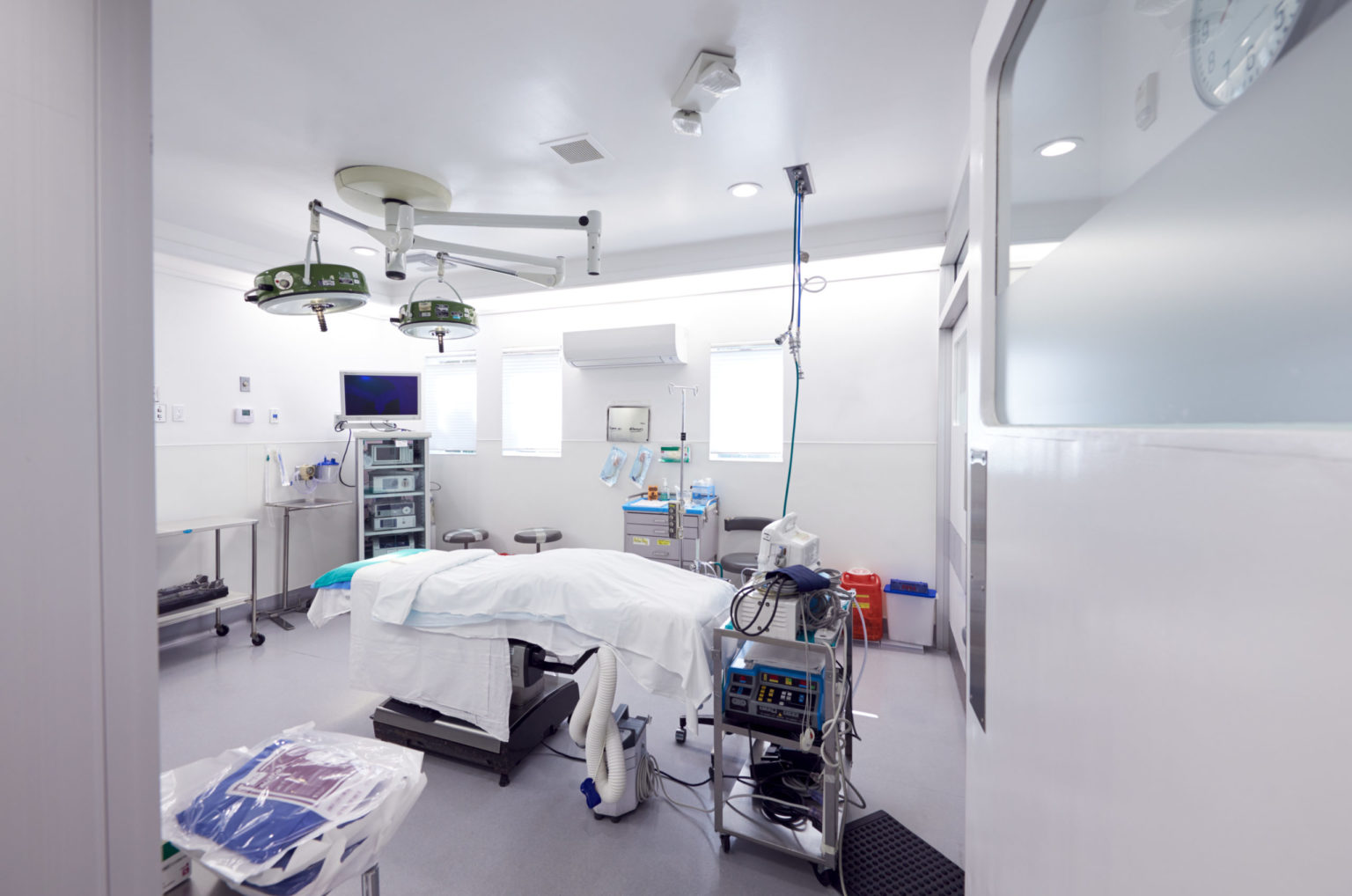Aquiring new medical equipment for your hospital can be a costly and time-consuming process. However, there are a number of ways to boost cost-effectiveness when making your purchase. For instance, ECRI.org, an independent nonprofit organization dedicated to improving the safety, quality, and effectiveness of healthcare, has released a variety of products and services to help healthcare leaders accomplish their patient safety goals.
In addition, there are many ways to improve cost-effectiveness when aquiring equipment for your hospital Of course, it’s important to research your unique needs thoroughly and take the time to gather bids from multiple suppliers. Follow this guidance and the tips below to improve your healthcare community while maintaining your budget:
Consider Refurbished Equipment

Purchasing refurbished medical equipment is one way for hospitals to save money. Refurbished equipment can often meet or exceed the performance of new equipment and is usually backed by a warranty.
There are a number of reasons why refurbished medical equipment can be a cost-effective option. First of all, refurbished equipment is often much cheaper than new equipment. In addition, refurbished equipment is often covered by a warranty, which can provide peace of mind to hospital administrators. Finally, refurbished equipment can be just as reliable as new equipment, making it a viable option for hospitals that are looking to save money.
Buy Standard Equipment
When it comes to medical equipment, there are a few factors that hospitals need to consider: the cost of the equipment, the availability of the equipment, and the quality of the equipment. The cost of the equipment is important, but it’s not the only factor that hospitals need to consider.
Hospitals need to make sure that the equipment they purchase is available from multiple suppliers. This is important because if there is a problem with the equipment, the hospital needs to be able to get a replacement quickly.
The quality of the equipment is also important. Hospitals need to make sure that the equipment they purchase is reliable and meets their needs.
Negotiate Prices

When it comes to acquiring medical equipment, price is always a major consideration. After all, hospitals, clinics, and other medical facilities are always looking for ways to save money. Fortunately, many suppliers of medical equipment are willing to negotiate prices, so it’s important to be prepared to do so.
Consider Leasing or Renting Equipment
Leasing or renting equipment can be a more affordable option in the short term, and it can also provide the flexibility to upgrade or change equipment as your hospital’s needs change. For example, if you need to buy a new CT scanner, you can lease it for a few years and then upgrade to the newest model when the lease is up. This can be a more cost-effective option than buying new equipment outright, and it can also help you stay up-to-date with the latest technology.
Leasing or renting equipment can also be a great way to save money on repairs and maintenance. If something goes wrong with the equipment, the lease company will typically take care of the repairs, which can save you a lot of time and money.
Request Donations or Discounts
Another way for hospitals to reduce costs is to find donors or patrons who are willing to donate necessary equipment. You may also find that some vendors are willing to offer discounts. This allows them to help those who are providing important medical care.
ECRI Institute is “the nation’s leading authority on the safety, effectiveness, and appropriateness of medical technologies and health care practices” and provides “research and analysis to help healthcare organizations improve patient care, safety, and quality.” By following their lead and abiding by the guidelines above, you can continue to see better outcomes in your hospital while maintaining a reasonable budget.





